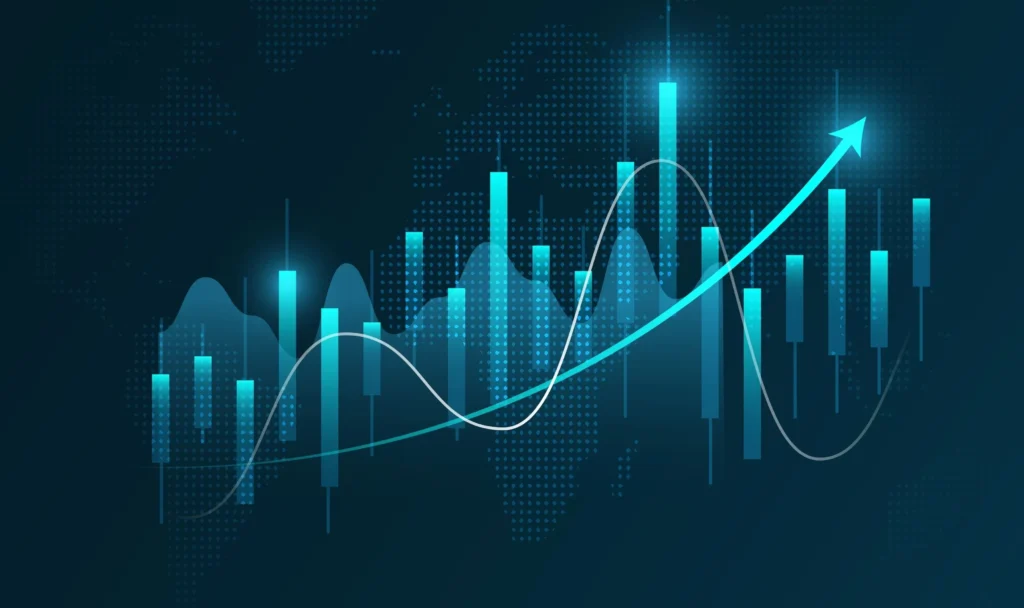
In the fast-paced environment of modern financial markets, futures trading has gained notable traction. Among the various segments of the market, S&P 500 futures stand out as a widely followed and traded asset class. These futures represent a contractual agreement to buy or sell the S&P 500 index at a predetermined date and price, offering traders exposure to the overall performance of the U.S. stock market. Simultaneously, futures trading prop firms play a critical role in making these high-volume trades more accessible to individual traders.
These proprietary firms are structured to back traders with capital, allowing them to participate in large trades that would otherwise be impossible due to personal funding limitations. This synergy between S&P 500 futures and prop firm models creates an environment where traders can execute complex strategies on a broader scale.
Understanding S&P 500 Futures as a Trading Instrument
Before diving into the role of futures trading prop firms, it’s important to understand the nature of S&P 500 futures. These futures are derivative contracts that track the performance of the S&P 500 index, which includes 500 of the most prominent publicly traded companies in the U.S. Investors and traders utilize these contracts to speculate on market direction or to hedge existing portfolio positions.
S&P 500 futures are typically traded on major exchanges, and because they are standardized and liquid, they have become a preferred choice for institutional investors and advanced traders. These contracts are available almost 24 hours a day, five days a week, making them ideal for those seeking flexibility in trading sessions.
Due to the leverage involved, trading in S&P 500 futures requires a thorough understanding of risk, timing, and execution. This is where the structure of prop firms becomes especially valuable for aspiring professionals.
What Are Futures Trading Prop Firms?
Futures trading prop firms (short for proprietary trading firms) are companies that allocate their own capital to traders who meet certain performance and risk criteria. Unlike traditional brokerage models where traders risk their personal funds, prop firms provide access to funding under the condition that profits are shared.
The firms usually conduct evaluations through simulated or live challenges, where traders must demonstrate discipline, consistency, and strategic understanding of markets such as the S&P 500. Once a trader passes the firm’s evaluation, they gain access to a funded account. This model allows the trader to trade assets like S&P 500 futures without the risk of losing their own money, while the firm profits from a percentage of any positive performance.
The structure not only encourages responsible trading but also allows the trader to handle large-volume trades that align with the movements of major indices. For a trader focusing on S&P 500 futures, this opens doors to opportunities that would not be possible in a self-funded account.
Benefits of Trading S&P 500 Futures Within Prop Firm Models
When a trader engages with a prop firm, they gain access to a professional environment where rules are designed to support disciplined and strategic trading. Prop firms often provide educational tools, trade reviews, and mentorship, which can greatly enhance a trader’s ability to handle complex markets like the S&P 500.
Trading S&P 500 futures through a prop firm also allows for scalability. As traders prove their performance, their account sizes may grow, allowing them to trade with larger volume. This is especially relevant for high-liquidity instruments like index futures, where even minor price movements can lead to significant results when traded with enough leverage.
Moreover, prop firms frequently monitor risk in real-time and offer performance analytics that are essential for refining strategies. In the context of trading index futures, this kind of structured support reduces emotional decision-making and promotes data-driven trades.
Risk Management and S&P 500 Futures
One of the primary reasons futures trading prop firms value S&P 500 futures is the structure and predictability they offer in terms of liquidity and volatility. These firms emphasize risk management as a core part of trading. For traders working under a prop firm’s funding, there are usually strict drawdown limits, daily loss thresholds, and maximum position sizes.
This type of framework becomes an asset when trading highly active contracts such as S&P 500 futures. Prop firms train traders to respect risk boundaries while still taking calculated positions. Since the market responds to economic reports, Federal Reserve announcements, and geopolitical news, a well-funded trader must react quickly yet carefully—traits that are honed within the structured environment of prop firms.
Why S&P 500 Futures Are a Preferred Asset for Prop Firms
S&P 500 futures remain a dominant focus among prop firm traders because of their global relevance and high trading volume. These futures offer a clear representation of overall market sentiment. Traders within prop firms often rely on technical patterns, price action, or macroeconomic catalysts to take positions in these contracts.
The predictable daily ranges and institutional involvement make S&P 500 futures particularly suitable for intra-day and swing trading strategies. Furthermore, because these contracts are available almost around the clock, traders working in different time zones can participate, allowing prop firms to attract talent globally.
Building a Career in Futures Through Prop Firm Support
For those starting a trading journey or looking to scale up from personal accounts, futures trading prop firms provide a practical pathway. The combination of evaluation systems, capital allocation, and educational resources help shape a trader into a professional participant in the market.
By focusing on major instruments like S&P 500 futures, traders can specialize in a liquid and widely monitored contract, increasing the likelihood of building a consistent and repeatable strategy. The firms’ funding and structure allow traders to aim for real-world success without risking their own savings.
Conclusion
The relationship between futures trading prop firms and S&P 500 futures highlights a powerful synergy that supports both risk-managed trading and professional growth. While S&P 500 futures serve as a gateway to understanding global market movements, prop firms provide the structure and capital needed to trade them effectively. This creates a dynamic path for traders to engage in high-level futures trading while building careers with professional backing. As both elements continue to evolve, their intersection offers a reliable foundation for anyone serious about mastering the futures market.







